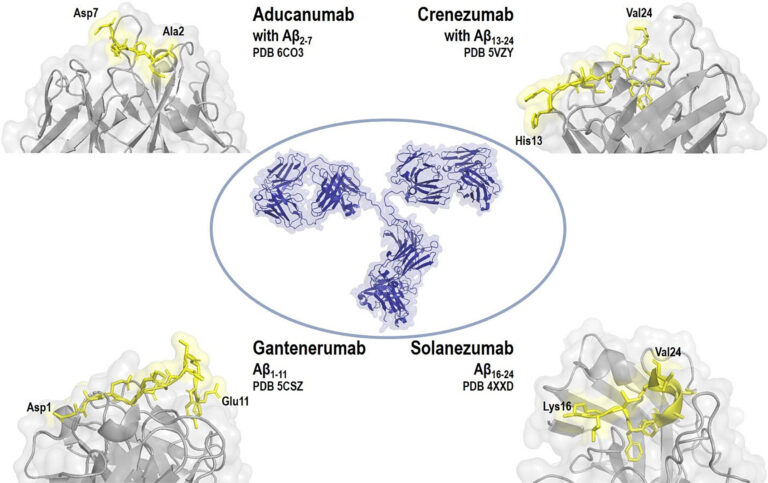October 26, 2020
October 26, 2020
Recruiting clinical studies in a niche disease area can be challenging, but disease registries can provide the solution. The European Medicines Agency (EMA) has issued draft guidance on how registry-based studies can support marketing applications and the practical details that Sponsors need to consider.
Data from disease registries can provide vital support for regulatory filings, in a number of ways that Sponsors may overlook.
Firstly, registry data can provide indisputable, quantitative evidence to support statements that would otherwise rely on the opinion of clinical advisors. For example, registry data can validate a Sponsor’s claims about the following:
Needless to say, such insights can also be helpful at the study design stage and in planning effective recruitment strategies.
Disease registries can also provide data sources or infrastructure for post-approval evidence generation, beyond routine pharmacovigilance (PV). This is required by EMA in about 10% of marketing approvals in Europe and is mandatory for Advanced Therapy Medicinal Products (ATMPs) – a category that encompasses gene therapies, somatic cell therapies, and tissue-engineered products. Post-approval data collection using disease registries may include evaluation of effects during pregnancy or targeted research into special populations.
In certain cases, it may be possible to construct an external comparator arm using registry data, when trial randomization is unethical or unfeasible. Recent successes with this approach include the marketing authorizations for the genetically modified cell therapies Kymriah, Yescarta, and Zalmoxis. However, the Agency has often rejected such applications due to data quality issues. The new draft guidance will help Sponsors anticipate and mitigate these challenges.
In recent years, EMA has provided positive validation opinions for existing disease registries in cystic fibrosis and hematopoietic stem cell transplants. This new guidance follows a series of disease-specific workshops hosted by the Agency since 2015 and incorporates input from European reimbursement bodies and the US Agency for Healthcare Research and Quality (AHRQ). The draft guidance is out for public consultation until December.
The guidance makes the helpful distinction between disease registries and so‑called ‘product registries’ that are established to follow the safety or efficacy of a specific product in the post-approval setting. Disease registries are typically set up by academic networks in Europe or North America with long-term data collection in mind. By contrast, a registry-based study for regulatory purposes will have more focused goals, collecting a sub-set of data from the registry with a pre-defined statistical analysis plan. It may also fall under clinical trial regulations if the data collection involves randomization or monitoring beyond routine clinical practice.
Key to success is the contractual agreement between the industry Sponsor and the registry, involving a third party to manage the database. It may also be necessary to amend the registry’s processes and procedures to bolster quality control (e.g., central adjudication of events and treatment complications), ensure the collection of core data elements at each center, and minimize patient selection bias. The guidance document also describes the expected content of a registry-based study protocol and statistical plan, expectations for data quality management and audit, and lists the legal requirements that must be met. This includes the contentious topic of data privacy.
Perhaps the most helpful element is a checklist for feasibility assessment of existing or planned disease registries. Sponsors will find this exercise fruitful in identifying potential gaps, and it is highly recommended to inform planning discussions with regulators through national and CHMP Scientific Advice.
Are you in the process of developing a product that you plan to market in the US and/or internationally? Accelerating development while ensuring compliance with all FDA, EU, and ICH regulations and requirements can get tricky and confusing, but we are here to help. To learn more about our expert services, contact us today.
TAGS: Regulatory Sciences

July 8, 2022
What is an Orphan Drug Designation? The Orphan Drug Designation (ODD) program in both the United States (U.S.) and European Union (E.U.) qualifies sponsors to receive potential incentives to develop...

August 22, 2022
Orphan Designation of ATMPs for Rare Diseases: MPS II Case Study Many advanced therapy medicinal products (ATMPs) in development in the EU are for rare diseases and conditions. Since the...
August 26, 2020
As the field of modern medicine is changing, so should the development strategies of these new therapies such as cell and gene therapy (CAGT) products, also known as advanced therapy medicinal...